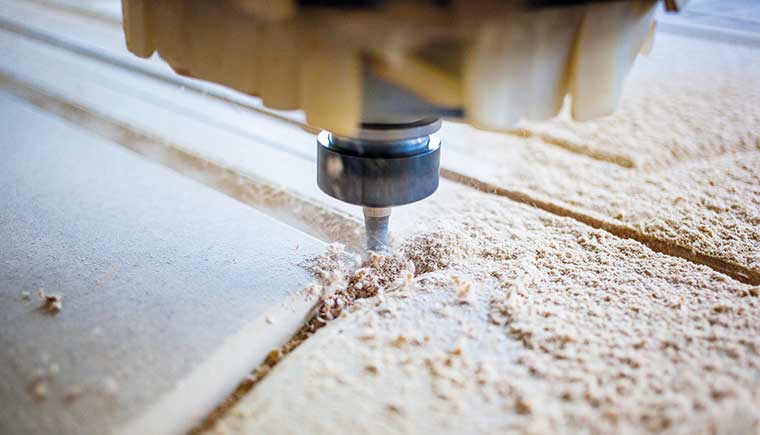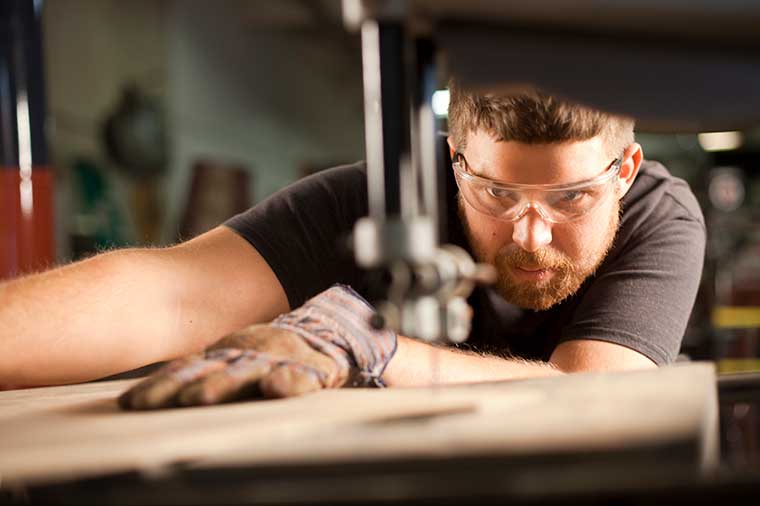There are many forms of finance available to businesses today, but one of the most effective for companies wanting to invest in their growth without impacting cashflow, is Asset Finance.
So, what is Asset finance? Very simply, it’s a type of financing that enables businesses to acquire a range of assets, including those needed by Furniture and Joinery manufacturers of all sizes. This can range from moulders and multi-rip saws to CNC machines and edgebanders
Asset finance products will be familiar to many, and involve the use of loans, leases, or hire purchase agreements. In these arrangements, the lender – or lessor – provides the funds needed to acquire the asset, and the borrower – or lessee – repays the loan or lease payments over an agreed period.

There are several types of asset finance, including:
Hire Purchase: Hire Purchase is a type of asset finance where the borrower agrees to pay for the asset in instalments over a specified period. During the hire purchase agreement, the borrower is responsible for the maintenance and repair of the asset. At the end of the term, the borrower has the option of purchasing the asset outright. Refinancing (Capital Release): Refinancing is a quick way to access the cash from assets on an existing balance sheet and use that value elsewhere within a business – for example, to fund a deposit on new equipment or ease cash flow. Sale and HP Back: Sales and HP Back is a form of refinance that can be used against most types of equipment, making it suitable for companies of all sizes, including sole traders. It works by the lender purchasing the asset and financing it back to the borrower. Repayments are calculated in line with the income stream that will be generated by the asset and at the end of the refinance term, the borrower owns the asset. Finance Lease: Finance Lease lets the borrower use the equipment without having to buy it outright. Rent is paid for the full use of the asset and the rental period is flexible and can be tailored. During this period, the borrower pays the full cost of the asset, including interest and when the end of the primary lease term is reached, the borrower can choose to continue to use the asset by entering a secondary rental period; sell the asset and keep a portion of the income from the sale, or return it to the lender Operating Lease: Operating lease is a type of asset finance where the borrower rents the asset for a short period. At the end of the lease term, the borrower can choose to either return the asset or continue leasing it.
Asset finance offers several benefits for businesses, including:
reservation of capital: Asset finance enables businesses to acquire assets without using their own capital, preserving their cash reserves for other purposes Improved cash flow: Asset finance spreads the cost of acquiring assets over an extended period, reducing the impact on cash flow Access to the latest technology: Asset finance enables businesses to acquire the latest equipment and technology without having to make a large capital investmentAnton Nebbe, Head of PR and Communications with Close Brothers Asset Finance said: “Asset finance is an important tool for businesses looking to acquire and invest in capital assets. By providing access to the latest technology, preserving capital, improving cash flow, and offering tax benefits, asset finance can help businesses grow and prosper.”









